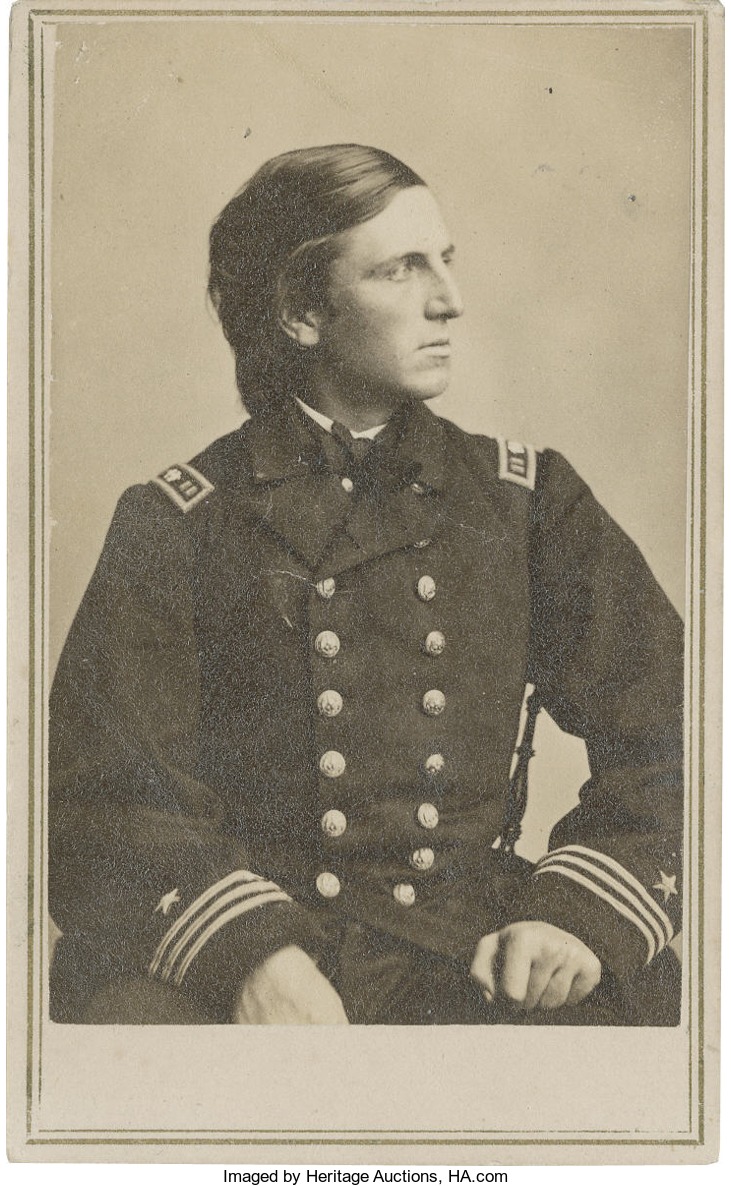
By Jim O’Neal
“Torpedo” is a generic name for a variety of naval and land mines employed by the Confederacy during the Civil War.
The word derived from a Latin name for an electric ray fish whose sting numbs its prey. It was first used to describe a weapon in 1776. It was disapproved on moral grounds because targets were struck without warning. The torpedo satisfied the Confederacy’s urgent need to compensate for its inferior strength of arms.
Torpedoes destroyed more Union vessels than all other actions, with 43 sunk or damaged, per best estimates. The psychological effect was obviously incalculable, but it was an important factor. Curiously, only one Confederate vessel fell victim to a Union torpedo … the ironclad CSS Albemarle in Lt. William Cushing’s famous commando raid.
Torpedo manufacturing proliferated with a major factory in Richmond, at Augusta Powder Works, and at many small facilities in various Southern cities. In Atlanta, even wives of naval personnel at the Naval Arsenal pitched in to help (an early version of Rosie the Riveter in World War II). Designs were configured to solve the three major issues: how to deliver the torpedo, how to keep the powder dry, and how to detonate the charge.
Some torpedoes were simply set adrift in a river to strike a ship’s hull in random collisions. Others were anchored and held in “plantations” set at a 45-degree angle downstream. This allowed Confederate vessels unobstructed passage over the frame, but Union ships travelling upstream would trigger explosions on contact.
Another clever variation was the “coal torpedo,” a bomb disguised as a lump of coal and hidden in coal bunkers. Later shoveled into a Union ship’s boiler, it had a devastating effect on the ship, the crew and others near the explosion. A “clock torpedo” smuggled aboard a ship at City Point on the James River created one of the most spectacular and costly explosions of the war.
It is amazing what desperate people will do, even to their fellow citizens, during war. The American Civil War is a tragic example of the horrors that can occur.
 Intelligent Collector blogger JIM O’NEAL is an avid collector and history buff. He is president and CEO of Frito-Lay International [retired] and earlier served as chairman and CEO of PepsiCo Restaurants International [KFC Pizza Hut and Taco Bell].
Intelligent Collector blogger JIM O’NEAL is an avid collector and history buff. He is president and CEO of Frito-Lay International [retired] and earlier served as chairman and CEO of PepsiCo Restaurants International [KFC Pizza Hut and Taco Bell].
